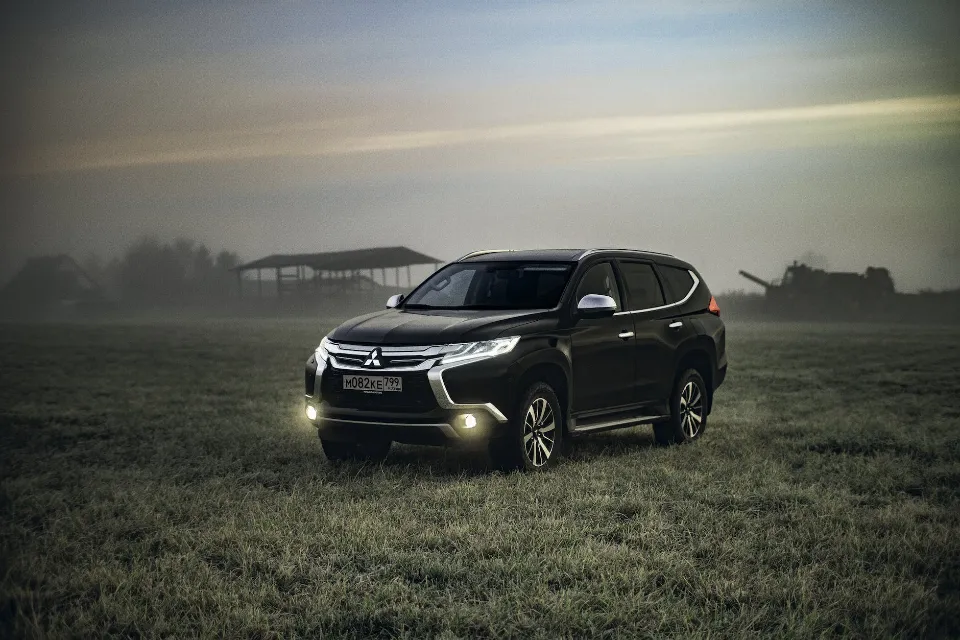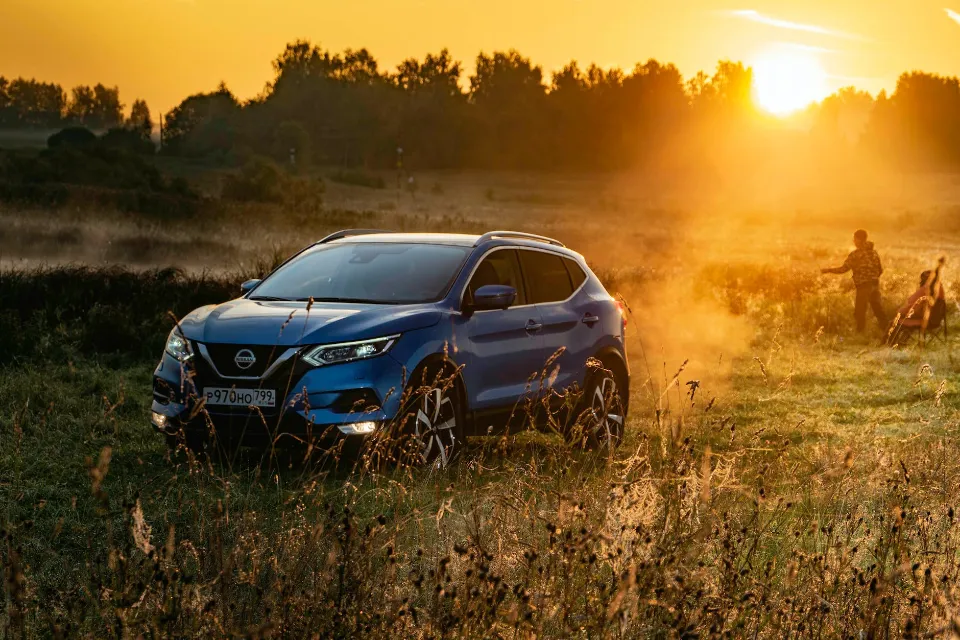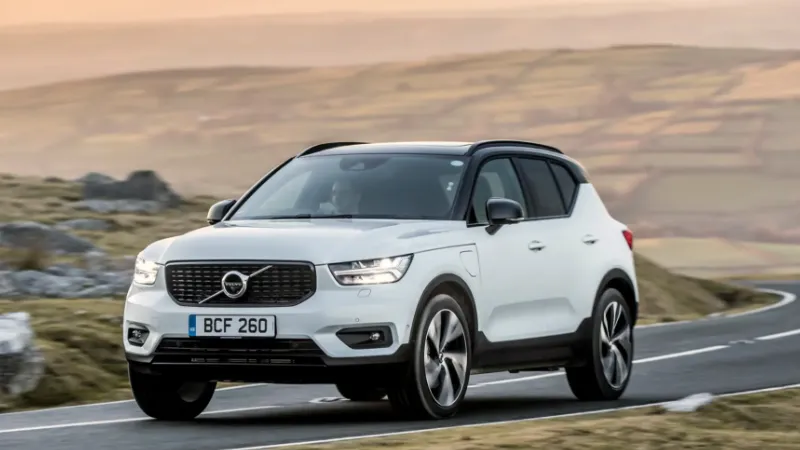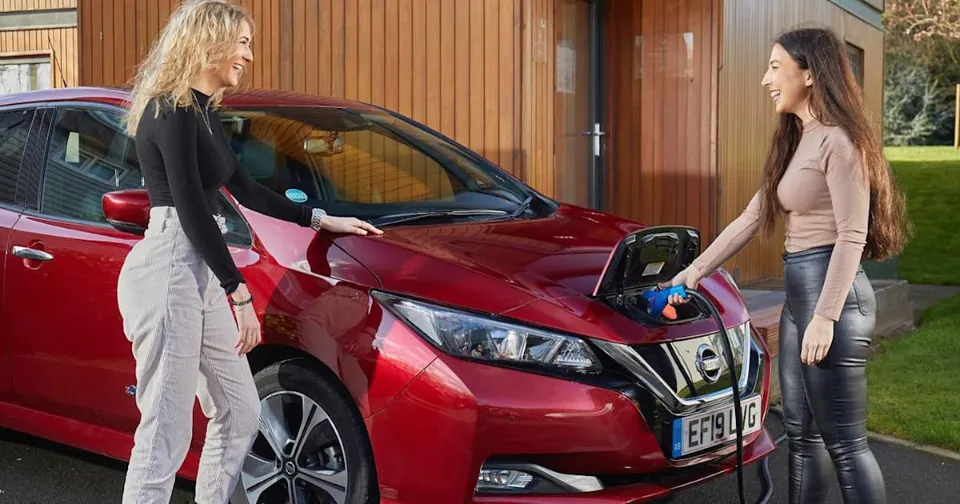What does SUV stand for? We will have a clear understanding of what sets these vehicles apart from the competition by studying the history of the SUV and its numerous variants.
The term “SUV” stands for sports utility vehicle. It’s like a station wagon but with a tougher look and a design for off-road driving.
Continue reading to learn more.
What is An SUV?
Typically, an SUV is a large vehicle that has big wheels and a higher clearance height than other cars. By doing this, the risk of rocks and other large pieces of debris damaging the bottom of the car when driving off-road is reduced. The boot of these vehicles is frequently sizable and has enough room to hold all your essentials. These vehicles are so well-liked because of how useful they are.
Given that there are so many variations, including compact, crossover, and hybrid models, people frequently become confused about what an SUV is.
A compact SUV is simply one that’s smaller than standard, but may be classified as one because it still has the typical SUV features. A crossover SUV is a vehicle that’s inspired by the SUV but based on an existing car chassis. For instance, the body style might resemble an SUV but the chassis and engine might be based on a smaller hatchback. SUVs with hybrid engines combine an electric motor with a gasoline engine to increase energy efficiency.
If you’re unsure about which SUV is right for you, you can read our guide on the 11 best SUVs to help you.

Are All SUVs a 4×4?
Since the engine powers all four wheels, a vehicle is called a 4×4 because of this. The engine only powers two wheels, usually the two front or two rear wheels, in standard automobiles.
While most SUVs are 4x4s, not all of them are. For instance, the Peugeot 3008 is a midsize SUV with only two-wheel drive that has excellent traction control and all-weather tires for added grip on slippery or rough roads.
Originally, all SUVs might have been four-wheel drives, but as their popularity has changed, these cars are now preferred by those with large families who want to travel in a high-up, comfortable vehicle.
SUV Pros
SUVs combine the storage and hauling of pickup trucks with the comfort of a station wagon, explains All Car Leasing. Large interior areas and two or three rows of chairs make up the combination. SUV owners benefit from flexibility in terms of moving both passengers and goods. With all the room in an SUV, owners can pick up groceries, transport luggage for road trips, transport sporting goods, and still have enough seating for a bigger group since an SUV frequently has seven seats.
While SUVs don’t have the best fuel economy, says They were initially designed, according to Autos.com, to allow a vehicle to pass over rough terrain without damaging the undercarriage. This design gives them a high center of gravity and seating positions. Additionally, they have a strong engine and excellent towing capacity. There are two categories of SUVs today. The Toyota 4Runner is an example of one type that is used for off-roading or hauling heavy loads, while the other is prized for its svelte design and safe handling. Both kinds, including the Ford Flex, can navigate slick driving surfaces and small bodies of water.

SUV Cons
When considering an SUV as your next vehicle, All Car Leasing says it is important to consider the cons. They are challenging to maneuver due to their size and bulk, especially when trying to find parking. They are not only expensive, but they have also come under fire for their negative environmental effects due to their lower fuel efficiency compared to smaller vehicles in the same price range.
History of Sport Utility Vehicles
All terrain vehicles, with the exception of the farming tractor, used tracks to move forward primarily before the 1930s. The earliest SUVs were created shortly before and also during World War II:
- From 1936 to 1944, the Japanese military purchased the Kurogane Type 95 SUV. Its nickname “Yonki” translates into “all-wheel-drive,” and it was used as a terrain reconnaissance vehicle.
- The first CUV can be regarded as the 1934 Opel Geländesportwagen. It was reworked in 1936 to make it more suitable for off-road driving as a proper SUV.
- The Volkswagen Type 87, also known as the Kommandeurwagen, was a four-wheel-drive variation of the Volkswagen Beetle. It was an all-wheel-drive vehicle with room for four passengers and was designated by the German army as a light off-road passenger car. By definition, the Type 87 is the prototype of the modern SUV.
- The Willys MB was produced from 1940 to 1945, so while it was not the first SUV created, it’s considered the true predecessor and outline for future Sport Utility Vehicles. Its formal name was “U.S Army Truck, ¼ ton, 4×4, Command Reconnaissance”, and it served as a highly capable off-road utility vehicle.
- Post-War Commercial SUVs
The main cause of the 4×4 vehicle’s limited production before World War II was the fact that adding a 4×4 powertrain would easily increase the price of a passenger vehicle. However, during the war, demand for these parts increased significantly, leading Ford, Chevrolet, and Dodge to increase production 100 times over the previous years.
By the time the war was over, manufacturing costs were substantially reduced, allowing manufacturers to continue their commercial market production. The Chevrolet Suburban, International Harvester Travelall, and Willys Jeep Station Wagon were the first vehicles to offer optional four-wheel drive, starting in 1949 with the Willys Jeep Station Wagon.
The rise of competition in the 1960s led to significant technological improvements in SUV design. The Jeep Wagoneer (SJ), introduced in 1963, was the first SUV with a station wagon body style, bridging the gap between SUVs and cars. The most notable European SUV was the 1970 Range Rover Classic, while Toyota’s comfort-focused Land Cruiser FJ55 was introduced in 1967.

Sport Utility Vehicle Classes
Much like passenger cars, SUVs have their own classifications based mostly on the dimensions of the vehicle. The four primary types are:
- Mini SUV: Due to high taxes on large vehicles, mini SUVs, the smallest vehicles of all the classes, are very popular in Japan. Suzuki, Toyota, Nissan, and Jeep are among the top producers, with the majority of other businesses concentrating more on crossover cars.
- Compact SUV: Compact SUVs are made by automakers like Jeep, Land Rover, Lada, and Nissan, and have an average size compared to compact or C-segment passenger cars. These companies also produce the most well-known off-road capable models in this class.
- Mid-size SUV: This class shares a platform with passenger cars or small to medium-sized pickup trucks. Mid-size SUVs are very popular due to their practical size and ability to travel over a variety of terrains. Because of this, almost every automaker has a distinctive model all their own.
- Full-size SUV: The largest conventional SUVs, full-size models are typically built on pickup truck full-size chassises, though some have their own specific platforms. The off-road capabilities of their fleet are promoted by manufacturers like Toyota and Chevrolet, whereas Lincoln and Cadillac typically prioritize comfort and luxury.

FAQs
What is Difference Between SUV and Normal Car?
While SUVs do offer a few advantages over cars, including increased protection, higher driving position, and greater towing capacity, they tend to be more costly to maintain than cars and also carry a larger footprint.
Which is Better SUV Or MPV?
SUVs are more suitable for driving on off-road terrain because they have better suspension or vibration dampers with a dashing appearance. Meanwhile, MPV cars are more suitable for family or business cars, especially with a complete set of features that support comfort when traveling.
How Do You Know If a Car is a SUV?
In short, an SUV is a multi-passenger sport utility vehicle with body-on-frame construction with a body mounted to a ladder frame. These utility vehicles are always rear-wheel drive (RWD), furthering the definition of an SUV.
Is An SUV Safer Than a Car?
A recent crash test by the Insurance Institute for Highway Safety (IIHS) found that passengers of heavier, larger vehicles experience less force during an accident. Remember that your driving habits play a big part in determining how safe you are on the road. But a sedan can be just as safe as an SUV.
Summary: What Does SUV Stand For?
SUV stands for Sports Utility Vehicle, a car similar to a minivan or a station wagon, but with a much tougher look and a design suited for off-road driving.
SUV is frequently categorized as an RV (Recreational Vehicle), but it is occasionally used in place of one.
Along with the new mini SUV Stonic, Kia’s iconic SUVs include the Sorento and Sportage.
The variety of SUVs available has expanded along with the market for and interest in them. A proper sport utility vehicle must be constructed from the ground up to handle rocky terrains, which frequently entails having a specially developed suspension, axle articulation, and electronic locking differentials. This arguably puts the “utility” in All people are now familiar with the acronym SUV.
If you have any questions, please leave a comment. KV Auto tries to give you the best car industry information. Thank you for reading.
You may also be interested:





